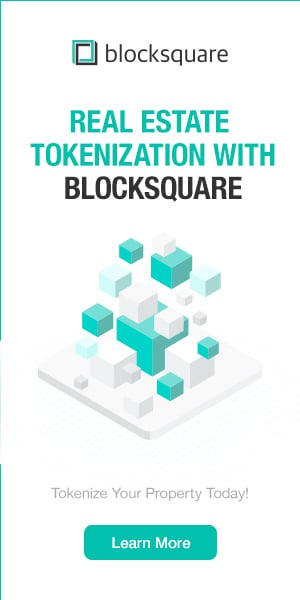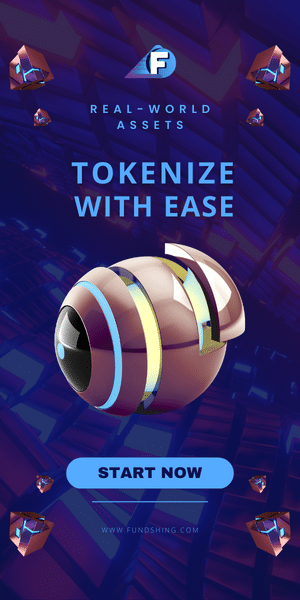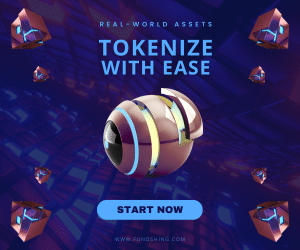Digital Euro on the Blockchain: It Already Exists
By Jonas Gross and Philipp Sandner
After Facebook’s Libra and the announcement of the Chinese central bank to issue a digital currency, the discussion about a digital Euro has gained momentum. Even if a central bank-issued digital Euro might not be introduced in the foreseeable future, the digital Euro does already exist in the form of digital commercial bank money and e-money. First companies have positioned themselves and already provide a blockchain-based digital Euro, which will be highly beneficial for the German industry.
Introduction
The digital Euro is currently a hot topic. Libra and the announcement by the Chinese central bank to issue a digital, blockchain-based yen soon has led to a high level of interest in a digital Euro, as the European counterparty to the digital Yuan. Should this digital Euro be issued on a blockchain? In our recent publication, we argue, yes.
Only a blockchain-based digital Euro will enable (1) Euro-denominated smart contracts, such that machines, cars, sensors that can directly offer pay-per-use, leasing, factoring, etc. (2) Also, buying and selling assets and securities will become much more efficient with a Euro on a blockchain system once the Euro is a token on the system like thousands of other assets and rights. Think about delivery-versus-payment (DvP) processes in security markets where trades of any assets would be settled by a small smart contract — whereas today huge clearinghouse infrastructures are needed. (3) For the realm of the machine economy, there is no better way than blockchain and DLT to connect hundreds of millions of devices. (4) Alongside the Euro on a blockchain, identity management, which refers to the digital representations of individuals, companies, and machines, can be managed on blockchain systems very efficiently. Both are essential for German and European industrial corporations (i.e., manufacturing, new mobility, logistics). Naturally, such identities are the endpoint of Euro-denoted transactions or smart contracts.
Market overview
Are there already market-ready solutions for a digital Euro? Most central banks worldwide analyze the implications of issuing a digital fiat currency, so-called central bank digital currency (CBDC). However, no central bank has gone live yet. China could be the first, but also (much) smaller countries such as the Marshall Islands, Bahamas, or Cambodia have announced the issuance of digital fiat currencies in the near future.
Will those fiat currencies be issued on blockchain systems? In most of the mentioned projects, yes. However, the European Central Bank (ECB) has not yet announced the launch of a digital Euro in the foreseeable future.
But a digital Euro does already exist. Specifically, the blockchain-based Euro does already exist. It has been issued as commercial bank money under the e-money regime:
- Commerzbank: Commerzbank has already tokenized Euros in digital form. In the first tests, these digital blockchain-based Euros have already been used for security transactions. Also, machine-to-machine payments have been executed.
- CashOnLedger: The German startup CashOnLedger has developed a market-ready solution for providing a digital blockchain-based Euro. The company uses the framework of a Spanish e-money licensed company to tokenize commercial bank money and leverage it, e.g., for German manufacturing companies. The system is built in a consortial version of Ethereum, but the digital Euro can potentially also be used on other blockchain systems, such as Hyperledger or Corda.
- Monerium: Monerium is an Icelandic startup that tokenizes fiat currencies. Monerium have first brought the Icelandic Krona on the public Ethereum blockchain, but recently, Monerium has also introduced the Euro. Similar to CashOnLedger, Monerium uses an e-money license for its operations. In the future, they intend to use their e-money license to get access to central bank money.
- Stasis: Malta-based Stasis has issued a Euro-backed stable coin on the public Ethereum blockchain. However, its clients do not have a direct claim on the Euro but only on the stable coin. In other words, the Stasis-Euro is not a real tokenized Euro but only a stable coin since it lacks e-money compliance.
Companies can use the digital, blockchain-based Euro provided by the mentioned companies and can integrate it into their systems and processes. The implications of such digital fiat currency are especially promising in the context of the machine economy.
It is estimated that more than 20 billion devices will be connected to the Internet in 2025 — three times as many devices as people currently living on earth. Some of these devices will also be integrated into a payment network. This will soon represent hundreds of millions of devices, such as cars, sensors, and machines. Blockchain technology is best suited for equipping millions of devices with a computer chip and, therefore, with their own wallet. Then, a device can receive payments and transfer money — and it can produce SAP-based accounting records and invoices in Euro denomination.
For these millions of devices, blockchain technology can easily provide the opportunity to participate in a payment network and integrate them into automated business processes (i.e., through smart contracts).
Conclusion
The high dynamics for a digital blockchain-based Euro is remarkable. A few months ago, it was only a topic for IT nerds. By including the vision of such a digital Euro in the blockchain strategy of the German government and also by promoting the digital Euro by the German Association of Banks (i.e., Bankenverband, BdB), this topic has approached the general public.
Further innovative companies providing such digital Euro solutions will enter the market in the near future. Hence, the opportunities for an industrial corporation in the field of manufacturing, mobility, and logistics to use a digital blockchain Euro for their products and services will further increase.
Remarks
If you like this article, we would be happy if you forward it to your colleagues or share it on social networks. More information about the Frankfurt School Blockchain Center on the Internet, on Twitter, or on Facebook.
Jonas Gross is a project manager and research assistant at the Frankfurt School Blockchain Center (FSBC). His fields of interest are primarily cryptocurrencies. Besides, in the context of his Ph.D., he analyzes the impact of blockchain technology on the monetary policy of worldwide central banks. He mainly studies innovations as central bank digital currencies (CBDC) and other cryptocurrency projects as “Libra”. You can contact him via mail ([email protected]), LinkedIn (https://www.linkedin.com/in/jonasgross94/), Xing (https://www.xing.com/profile/Jonas_Gross4) or follow him on (Twitter Jonas__Gross).
Prof. Dr Philipp Sandner is head of the Frankfurt School Blockchain Center (FSBC) at the Frankfurt School of Finance & Management. In 2018, he was ranked as one of the “Top 30” economists by the Frankfurter Allgemeine Zeitung (FAZ), a major newspaper in Germany. Further, he belongs to the “Top 40 under 40” — a ranking by the German business magazine Capital. The expertise of Prof. Sandner, in particular, includes blockchain technology, crypto assets, distributed ledger technology (DLT), Euro-on-Ledger, initial coin offerings (ICOs), security tokens (STOs), digital transformation and entrepreneurship. You can contact him via mail ([email protected]) via LinkedIn (https://www.linkedin.com/in/philippsandner/) or follow him on Twitter (@philippsandner).
Photo by Christian Dubovan on Unsplash
Related Article:
You Might also Like
























